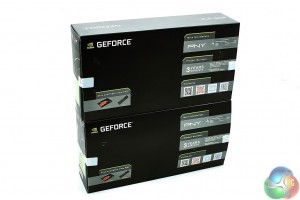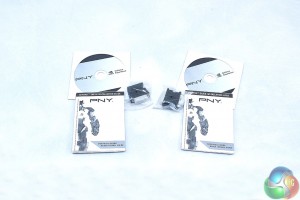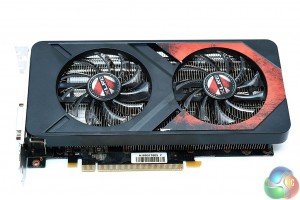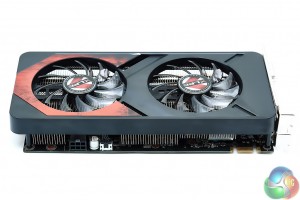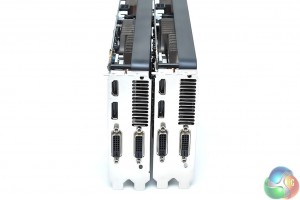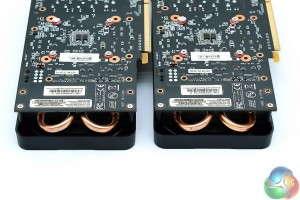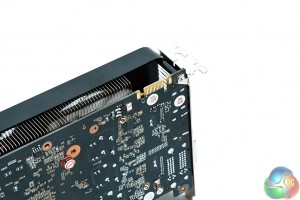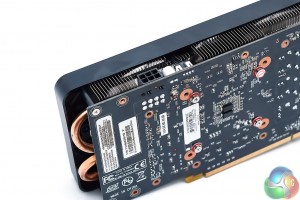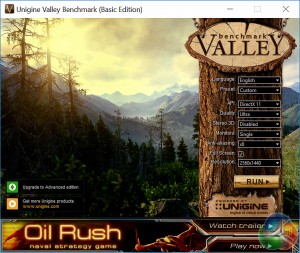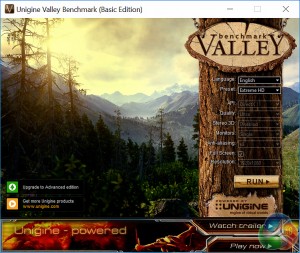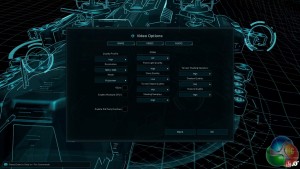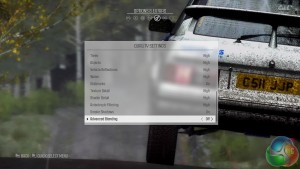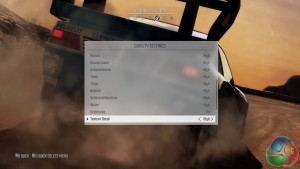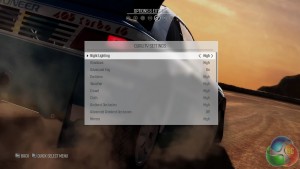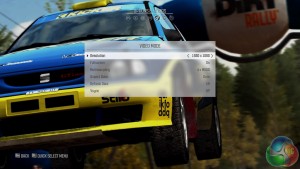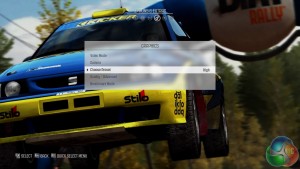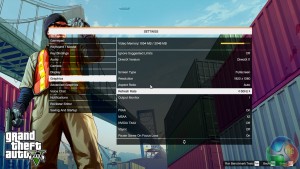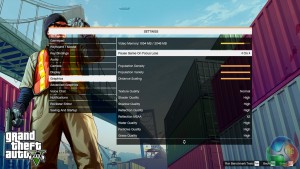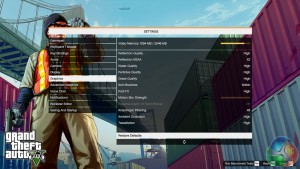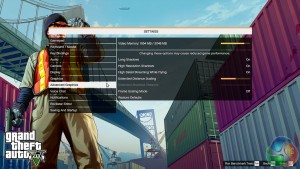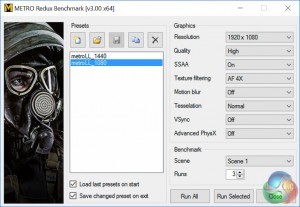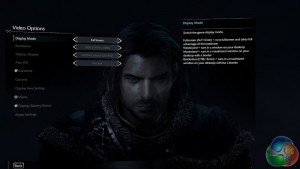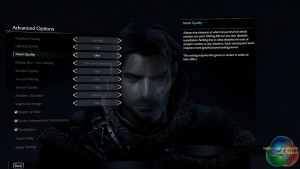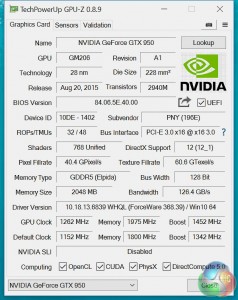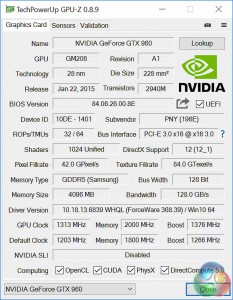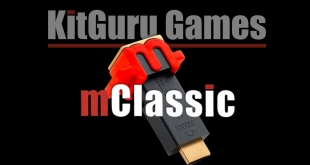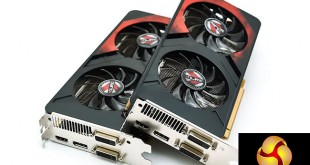
If the persistent rumours are anything to go by, Nvidia will imminently extend Pascal to its mid-range with the launch of a GTX 1060. This means that, on paper at least, the GTX 960 will be superseded, though there is yet no inclination as to the fate of the GTX 950.
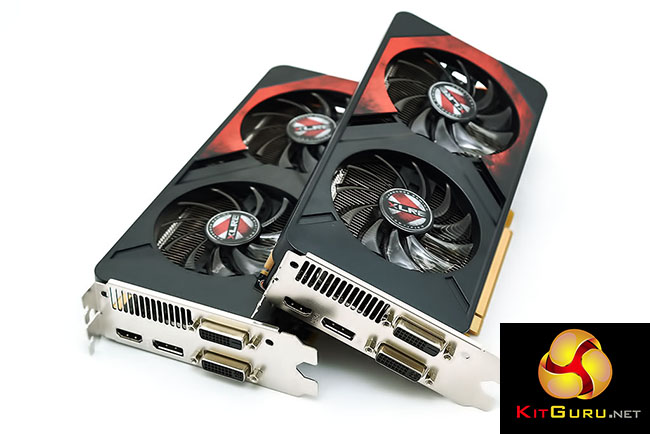
Even with the imminent arrival of the GTX 1060 the GTX 960 has significant shelf-life remaining. If rumours are anywhere close to accurate, a price of around £250/$250 for the GTX 1060 means the GTX 960 is still an attractive and viable option starting at £160/$180, this price will likely only become cheaper as retailers seek to clear existing stock.
The GTX 950, at £120/$140, will likely remain current for a longer period of time as a GTX 950 successor has yet to emerge.
*UK readers should note there could be continuing fluctuation with GPU prices due to the volatility of the British Pound Sterling in the currency market, following to result of the UK EU referendum.*
The continuing relevance of the GTX 950 and 960 at the budget price point are the reason we are today reviewing a pair of PNY XLR8 OC Gaming graphics cards based on those GPUs. PNY's XLR8 line is its premier overclocking segmentation for graphics cards – one notch above PNY's normal non-reference product line.
Both PNY cards look like well-built options sharing the same dual fan multi-heat pipe cooling solution, reasonable factory overclocks and competitive 3 year warranties. Specifications compared to the stock Nvidia GPUs change in terms of increase boost and memory clocks, though it is fairly apparent PNY has been much more aggressive with the GTX 950 than the GTX 960. There are both 2GB and 4GB variants of the PNY XLR8 OC GTX 960 available, the GTX 950 comes only in a 2GB flavour.
The GTX 950 and 960 go head-to-head with AMD's R7 370 and R9 380 GPUs, both of which we'll be testing in this review, and make ideal candidates for PC gamers using 1080p or 1440p panels.
| GPU | Geforce GTX950 | PNY GTX 950 XLR8 OC Gaming |
Geforce GTX 960 | PNY GTX 960 XLR8 OC Gaming |
| Streaming Multiprocessors | 6 | 6 | 8 | 8 |
| CUDA Cores | 768 | 768 | 1024 | 1024 |
| Base Clock | 1024 MHz | 1152 MHz | 1126 MHz | 1203 MHz |
| GPU Boost Clock | 1188 MHz | 1342 MHz | 1178 MHz | 1266 MHz |
| Total Video memory | 2GB | 2GB | 2GB or 4GB | (2GB or) 4GB |
| Texture Units | 48 | 48 | 64 | 64 |
| Memory Clock | 6,600 MHz | 7,200MHz | 7,000MHz | 7,200MHz |
| Bus Width | 128-bit | 128-bit | 128-bit | 128-bit |
| ROPs | 32 | 32 | 32 | 32 |
| Manufacturing Process | 28nm | 28nm | 28nm | 28nm |
| TDP | 90 W | 90 W | 120 W | 120 W |
The packaging for PNY's GTX 950 and 960 XLR8 OC is as plain as it comes and inside the use of recycled carton is a welcome change from an overload of plastic. Accessories are standard for the market segment – a driver CD, a quick start guide and a DVI to VGA adapter – both GPUs come with the same accessory set.
In terms of design this is little, if anything, to distinguish between the two graphics cards aside from different model numbers printed on the stickers. The cooler is stylish enough with a plastic shroud that has a vinyl sticker for a splash of colour, there are also stickers and red LEDs on the two 75mm fans that introduce the XLR8 branding.
The identical rear I/Os include DVI-I, DVI-D, HDMI 2.0 and DisplayPort 1.2. This is different to the stock Nvidia rear I/Os which include more DisplayPort connections.
The heatsink cooler features two direct touch 6mm copper heat pipes and 84 aluminium fins to dissipate heat away from the GPUs. PNY doesn't rate the TDP capability of its cooling solution but the fact it can handle the GTX 960 suggests the GTX 950 will be cooled with relative ease.
Both cards have a single SLI finger for up to 2-way SLI support, a single 6pin provides supplementary power for both GPUs.
Despite the 90 and 120 W rated TDPs of each GPU, the board can handle up to 150 W with the 75 W from the PCIe bus and 75 W from the 6 pin PCIe connector.
Our newest GPU test system has been built with the intention of benchmarking low to mid-range graphics cards, we have a separate test system which benchmarks higher-end graphics cards such as the RX 480, GTX 1070 and GTX 1080. To reflect the performance of GPUs being tested the scope of testing has been reduced to 1080p and 1440p, since 4K is largely irrelevant for GPUs of this price point.
General Test System Notes
- All AMD Graphics cards were benchmarked with the AMD Crimson Display Driver 16.6.1 and all Nvidia Graphics cards with the Nvidia Forceware 368.39 driver.
- To tune the test system appropriately for acoustic measurements the case was outfitted with ultra quiet Noctua 800RPM fans and the Corsair H100i set to a fixed fan speed of 700RPM to further reduce the base noise level.
- The CPU was left to default Intel Turbo behaviour, disabling motherboard manufacturer enhancements such as all-core Turbo to minimise heat output inside the case and non-GPU related power consumption.
- Each benchmark or game is run 3 times at each resolution with an average result of the three runs taken as the final result for the graphs.
Test System Components
- Case: Corsair 400Q (two stock case fans replaced with Noctua 800 RPM 120mm rear exhaust and 140mm front intake fans)
- Processor: Intel Core i7-6700K (Stock Intel Turbo behaviour).
- Memory: 32GB (4 x 8GB) G.Skill Trident Z DDR4 running at JEDEC 2800MHz.
- Graphics Card: Variable.
- System Drive: Mushkin Chronos 120GB.
- Games Drive: Samsung 850 EVO 512GB SSD
- CPU Cooler: Corsair H100i w/ Noctua NTH1 (fan speed limited to 700 RPM on Corsair H100i).
- Power Supply: Seasonic Platinum 760W.
- Operating System: Windows 10 Pro 64-bit.
Comparison Graphics Cards List
- EVGA GTX 750 Ti Superclocked (1176MHz core, 1255MHz boost, 5400MHz memory )
- MSI R7 370 2GB Gaming (980MHz core, 1030MHz boost, 5600MHz memory)
- MSI R9 380 4GB Gaming (980MHz core, 5700MHz memory)
- MSI R9 390 8GB Gaming (1040MHz core, 6000MHz memory)
- PNY GTX 950 2GB XLR8 OC Gaming (1152MHz core, 1342MHz boost, 7200MHz memory)
- PNY GTX 960 4GB XLR8 OC Gaming (1203MHz core, 1266MHz boost, 7200MHz memory)
- Sapphire R9 380X 4GB Nitro OC (1040MHz core, 6000MHz memory)
- XFX R7 360 2GB Core Edition (1050MHz core, 6000MHz memory)
- Zotac GTX 970 4GB (1076MHz core, 1216MHz boost, 7010MHz memory)
Software and Games List
- 3DMark
- Ashes of the Singularity
- Dirt Rally
- Furmark
- GPU-Z
- Grand Theft Auto V
- Metro Last Light Redux
- Middle-earth: Shadow of Mordor
- MSI Afterburner
- Steam
- Unigine Valley
3DMark Fire Strike is a showcase DirectX 11 benchmark designed for today's high-performance gaming PCs. It is our most ambitious and technical benchmark ever, featuring real-time graphics rendered with detail and complexity far beyond what is found in other benchmarks and games today.
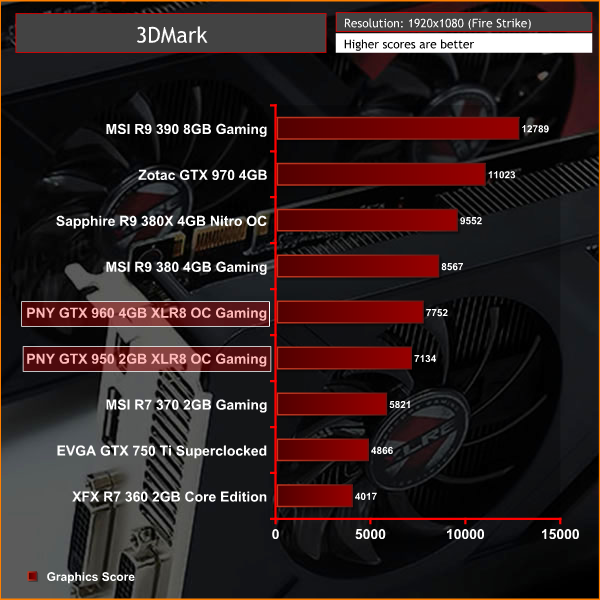
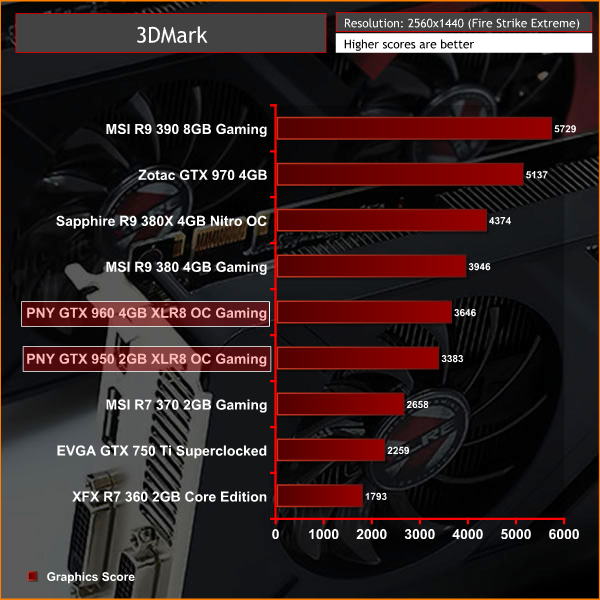
3DMark demonstrates that the PNY GTX 950 is a better option than the R7 370, though the PNY GTX 960 struggles to keep up with an R9 380 which is unfortunate given the similar price point.
UNIGINE Valley Benchmark is a new GPU stress-testing tool from the developers of the very popular and highly acclaimed Heaven Benchmark. The forest-covered valley surrounded by vast mountains amazes with its scale from a bird’s-eye view and is extremely detailed down to every leaf and flower petal.
This non-synthetic benchmark powered by the state-of-the art UNIGINE Engine showcases a comprehensive set of cutting-edge graphics technologies with a dynamic environment and fully interactive modes available to the end user.
We test Unigine Valley using the Extreme HD Preset, changing the resolution setting only for 1440p.
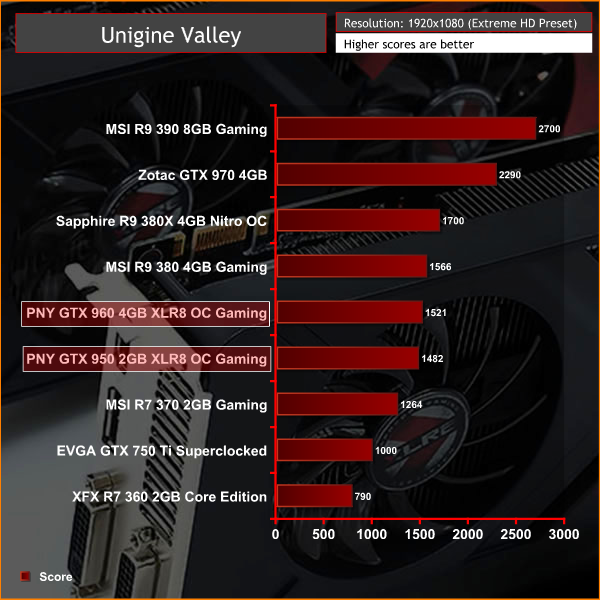
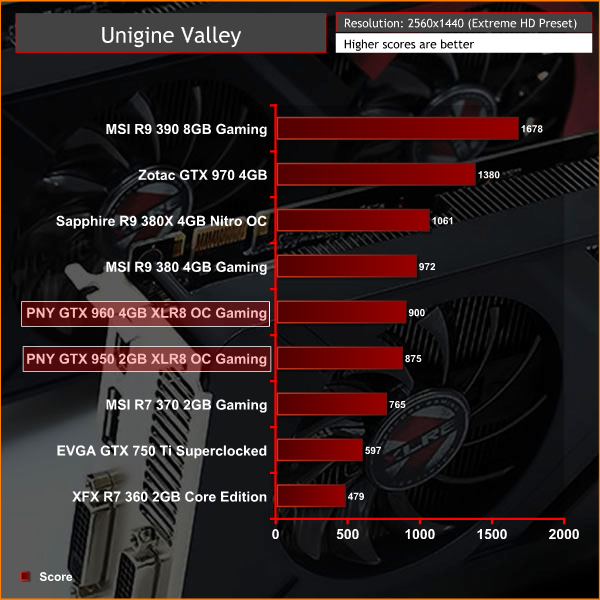
A similar performance pattern to 3DMark continues with Unigine Valley. One thing that is interesting to note is just how close the two PNY cards are, despite the fact the GTX 950 has fewer CUDA cores and texture units, it's able to keep up due to a higher effective clock speed.
Ashes of the Singularity is a real-time strategy game set in the future where descendants of humans (called Post- Humans) and a powerful artificial intelligence (called the Substrate) fight a war for control of a resource known as Turinium.
Players will engage in massive-scale land/air battles by commanding entire armies of their own design. Each game takes place on one area of a planet, with each player starting with a home base (known as a Nexus) and a single construction unit.
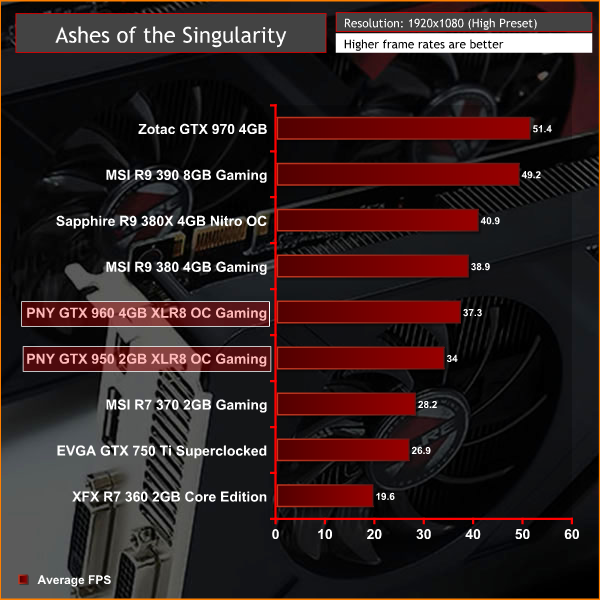
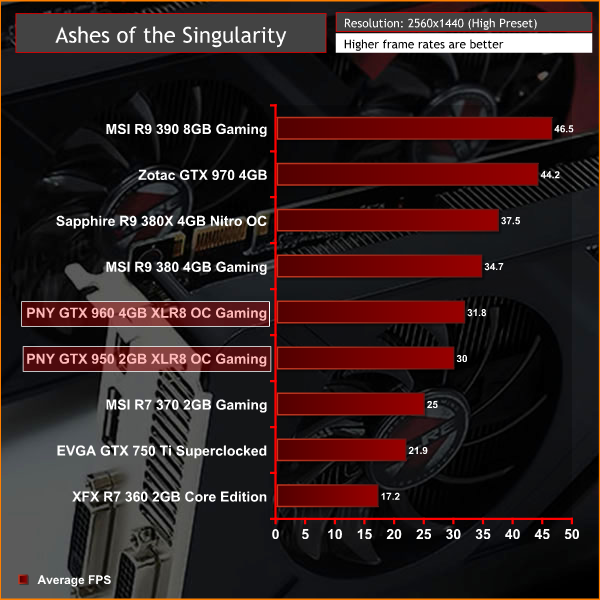
The PNY GTX 950 XLR8 OC continues to outshine the R7 370, though it is worth keeping in mind the price is about 20% higher.
Dirt Rally is developed by British video game developer Codemasters using the in house Ego engine. Development began with a small team of individuals following the release of their 2012 video game Dirt: Showdown.
Codemasters have emphasised a desire to create a simulation with Dirt Rally. They started by prototyping a handling model and creating tracks based on map data. The game employs a different physics model from previous titles, rebuilt from the ground up.
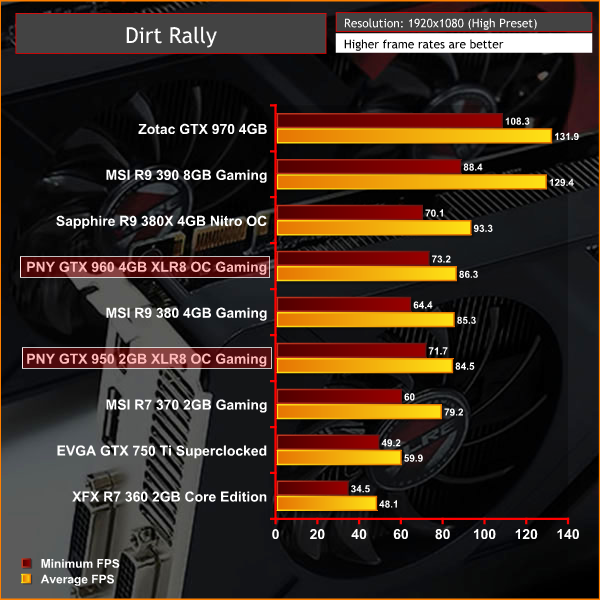
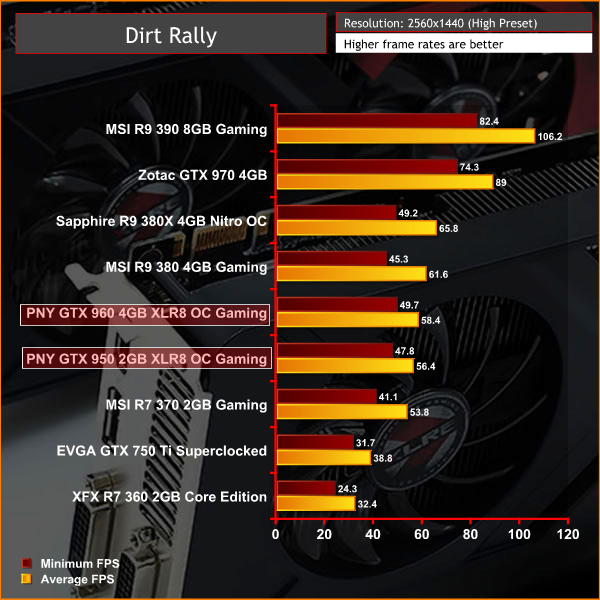
Dirt Rally shows an interesting trend with AMD and Nvidia cards in general – Nvidia tends to be more competitive at 1080p, at 1440p that lead shrinks or disappears. If you're buying for 1080p then PNY's XLR8 options appear stronger.
Grand Theft Auto V is an action-adventure game played from either a first-person or third-person view. Players complete missions—linear scenarios with set objectives—to progress through the story. Outside of missions, players may freely roam the open world. Composed of the San Andreas open countryside area and the fictional city of Los Santos, the world is much larger in area than earlier entries in the series. It may be fully explored after the game’s beginning without restriction, although story progress unlocks more gameplay content.
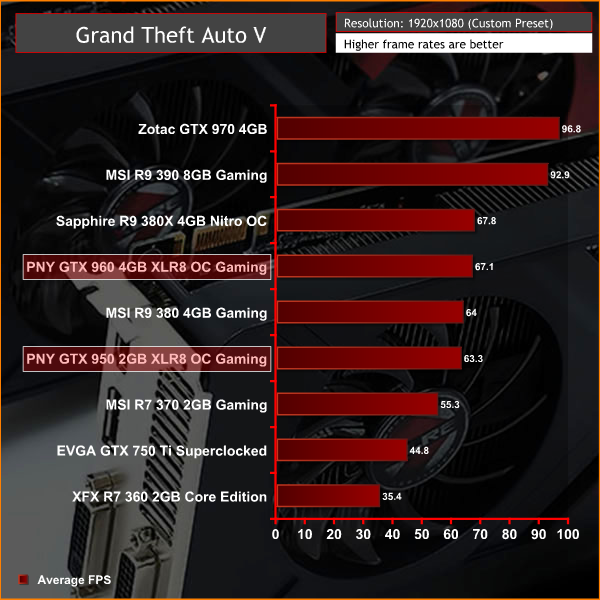
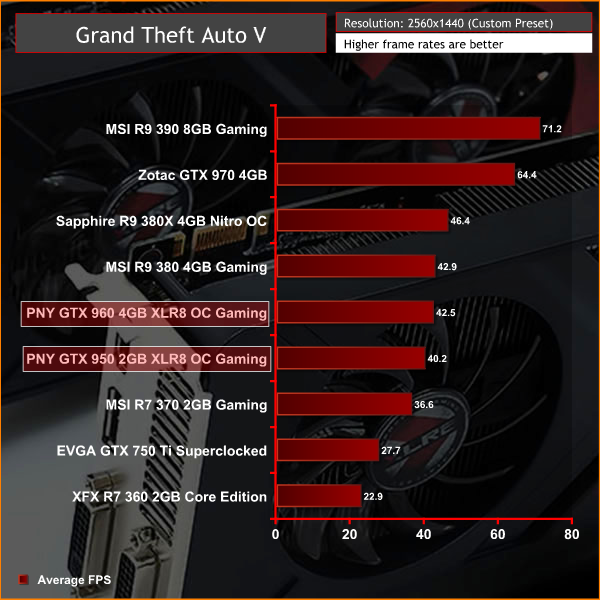
The logic in spending the extra money for the PNY GTX 960 4GB seems questionable by this stage in our review, we'd point prospective buyers towards the 2GB GTX 960 as its about 10% cheaper and the GTX 950 2GB proves that the 2GB frame buffer limit has no lasting negative impact on performance.
Just like the original game Metro 2033, Metro: Last Light is played from the perspective of Artyom, the player-character. The story takes place in post-apocalyptic Moscow, mostly inside the metro system, but occasionally missions bring the player above ground. Metro: Last Light takes place one year after the events of Metro 2033, following the canonical ending in which Artyom chose to proceed with the missile strike against the Dark Ones (this happens regardless of your actions in the first game). Redux adds all the DLC and graphical improvements.
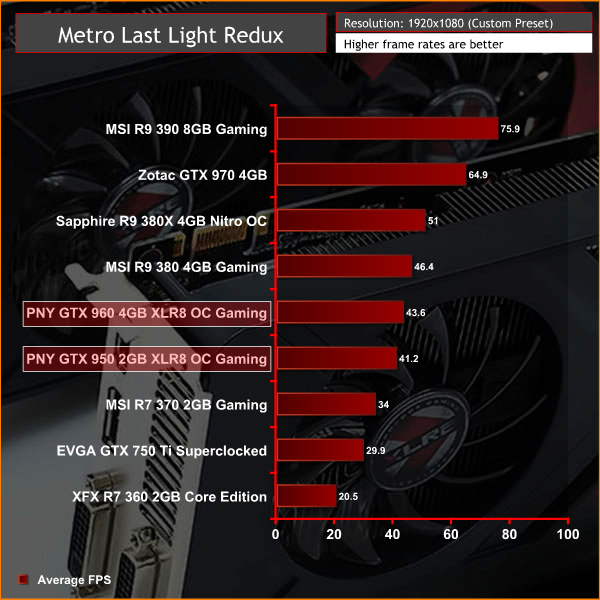
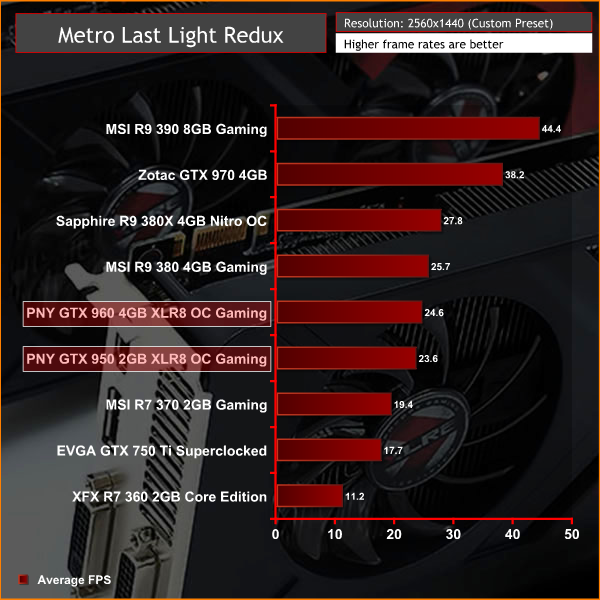
Metro Last Light is a notoriously difficult game to run but the PNY GTX 950 does remarkably well for its price.
Middle-earth: Shadow of Mordor is a third-person open world video game, where the player controls a ranger by the name of Talion who seeks revenge on the forces of Sauron after his family, including his wife, are killed. Players can travel across locations in the game through parkour, riding monsters, or accessing Forge Towers, which serve as fast travel points.
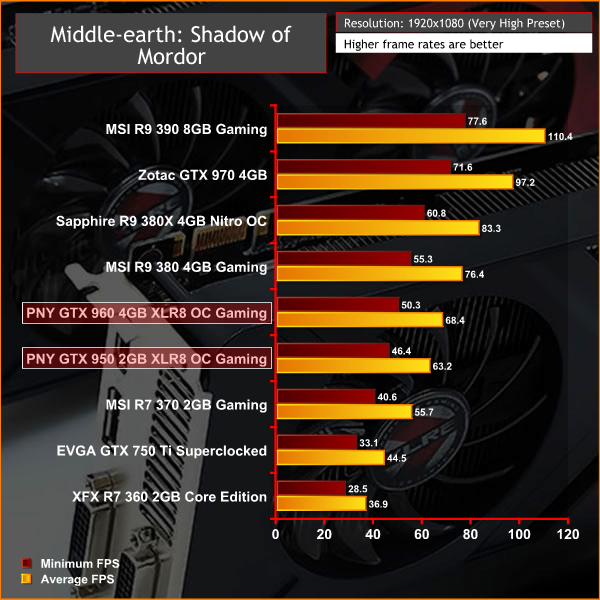
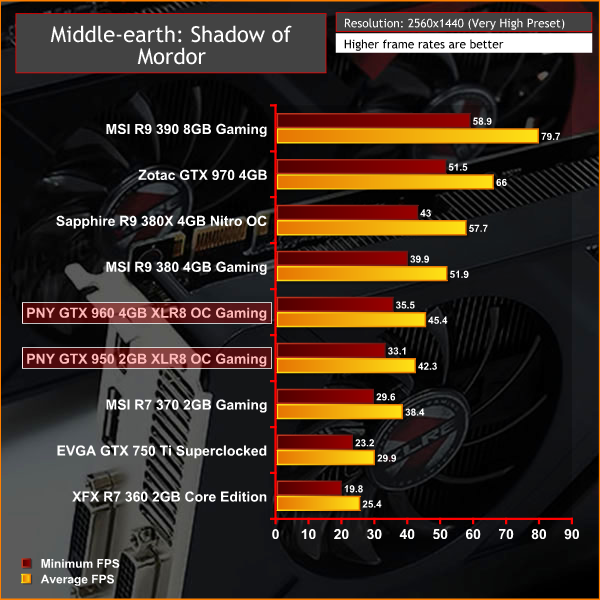
Middle-earth shows us more of the same in terms of results, although AMD is a little more competitive in this title than in others.
Our acoustic measurements are less precise on this mid-range test system, the noise floor of the totally quiet testing room is 35 dBA as measured with a Benetech GM1351 Digital Sound Level Meter.
We take our measurements with the decibel meter protruding off the front-top section of the chassis, overhanging by exactly 1 inch. The underlying noise level of the system, generated by the 800 RPM Noctua case fans and H100i with fixed 700RPM fans is 39 dBA, thus anything above this level can be attributed to the graphics card since the PSU is passive for most of it's power capability.
Noise levels were measured after 10 minutes of load under three scenarios: Furmark GPU stress test, Unigine Valley looping at the Extreme HD preset and desktop idle.
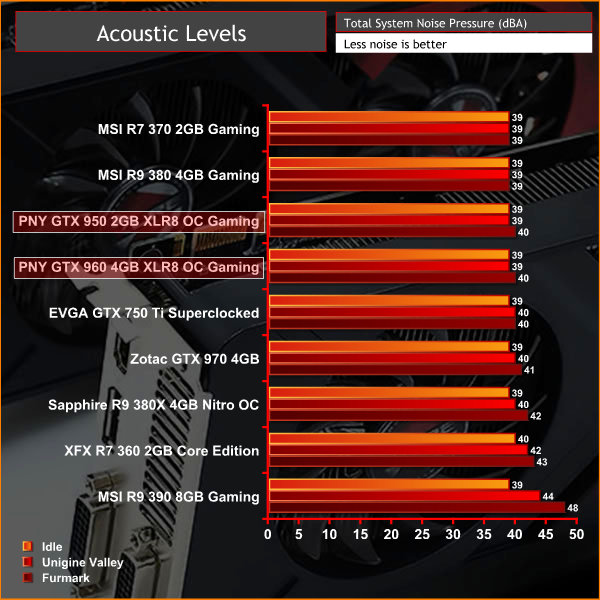
PNY's cards are both inaudible under normal gaming loads, only under Furmark load were we able to observe a slight increase in noise but barely noticeable at a slight distance. For reference fan speeds were 33-35% (1150~1250) under Unigine Valley load and 42% under Furmark load (1450 RPM), at idle the fans turned off.
Temperatures were measured after 10 minutes of load under three scenarios: Furmark GPU stress test, Unigine Valley looping at the Extreme HD preset and desktop idle. GPU-Z was used to record the maximum temperature, fan profiles were left to their default behaviour.
Delta temperatures are presented below to account for small adjustments in room temperature, but for all the testing present in this graph the temperature ranged from 21.4 to 23.3 degrees Celsius.
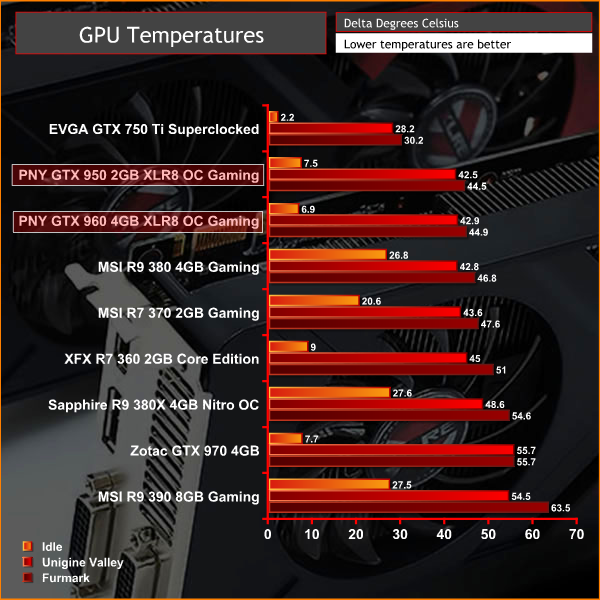
Both PNY cards had similar temperatures, which makes sense given the cooling solution is identical. The PNY GTX 960 ran a little hotter due to its higher TDP and as a result the fan speeds were also a touch higher (1-3%~). The real-world temperatures for a room- temperature of around 22 degrees Celsius are between 60-70 under very high stress, and 40-45 at idle due to the passive fan mode.
Power consumption was measured after 10 minutes of load under three scenarios: Furmark GPU stress test, Unigine Valley looping at the Extreme HD preset and desktop idle. The measurement was taking using an Energenie ENER007 power meter and measured for the whole system, excluding the monitor.
While Furmark and desktop idle provide stable and consistent power read-outs, Unigine Valley does not so the power reading is taken as the highest value in Scene 1 of 18.
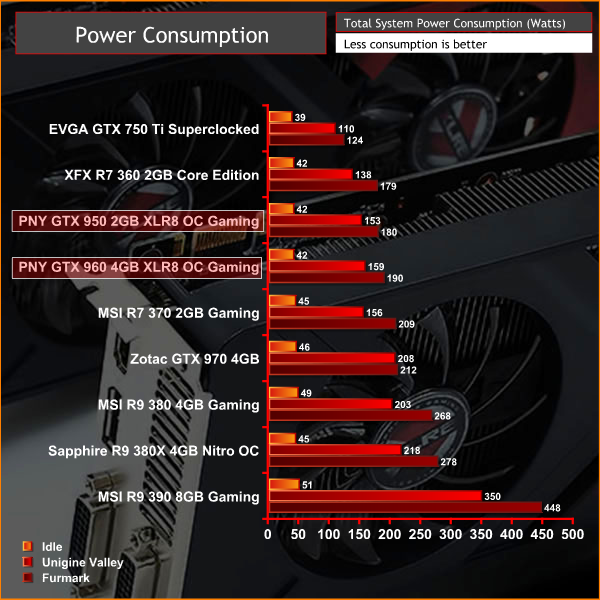
The efficiency displayed by the GTX 950 and 960 is impressive, AMD's equivalents (the R7 370 and R9 380) cannot match Nvidia in this performance segment.
Overclocking fared roughly the same for both graphics cards with 7900MHz effective memory for the GTX 950 and 8000MHz effective for the GTX 960, up from 7200MHz stock on both. Maximum boost clocks increased by 8.2% for the GTX 950 and 8.7% for the GTX 960.
These are par-for-the-course maximum overclocks for a GTX 950 and 960, suggesting to us there's been no speed-binning of chips here – not that it would be reasonable to expect that on such a budget-level GPU anyway. It is likely possible to go further with vBIOS or voltage mods, however, this would void your warranty and has a number of risks.
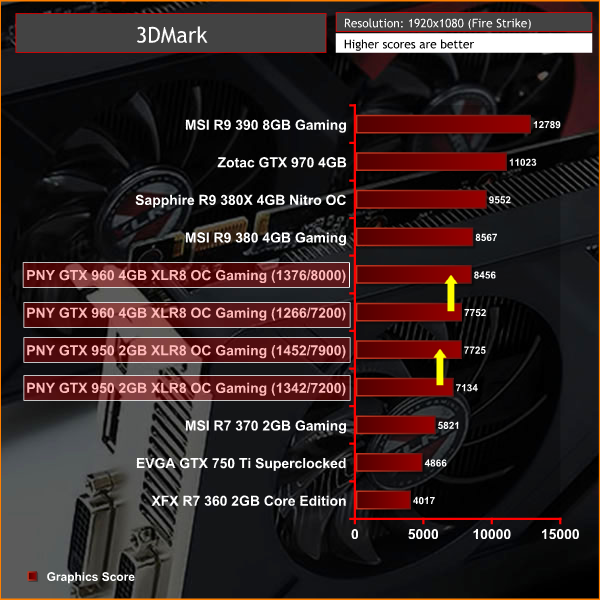
The aforementioned overclocks translated into an 8.3% boost in 3DMark performance for the PNY GTX 950 and a 9.1% boost for the GTX 960. In real terms there is very minimal overclocking headroom to be had, less than 10%, due to already high factory overclock
PNY's GTX 950 and GTX 960 XLR8 OC graphics card are good options for the entry to mid-range segment. While there is nothing particularly innovative or exciting about what PNY is bringing to the market, both cards still have a recipe for success with good cooling and acoustic performance paired with a generous factory overclock.
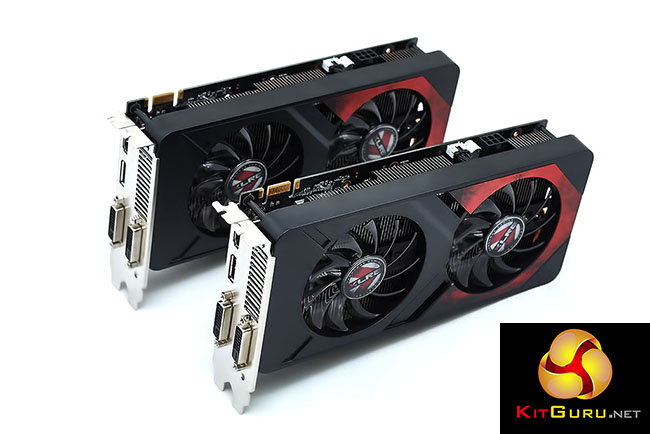
In terms of pricing the PNY GTX 950 2GB XLR8 OC is about £135 in the UK and $150 in the U.S, making it competitive with similar overclocked models from MSI and EVGA. The PNY GTX 960 4GB XLR8 OC is around £180/$200 which is again competitive with rival brands. We do feel though, that the 4GB GTX 960 is lacking in benefit over the 2GB model – you're paying an extra 10-15% for 2GB of VRAM that's unlikely to be used by most popular games, as our results demonstrated.
*UK readers should note there could be continuing fluctuation with GPU prices due to the volatility of the British Pound Sterling in the currency market, following to result of the UK EU referendum.*
Nonetheless, the 4GB GTX 960 does offer an interesting stop-gap measure for the rather large price gap that exists between the GTX 970 in North America where GTX 970s start at $280. Here in the UK GTX 970's can be had for as little as £220 making the GTX 960 4GB questionable. In general the PNY GTX 950 seems like the more competitive option given how close it performs to the PNY GTX 960, though the 2GB PNY XLR8 OC GTX 960 would have some merit too.
The PNY XLR8 options are provided with a 3 year warranty which is competitive with big-name brands (MSI, EVGA, etc.) and better than many other brands who offer only a 2 year warranty, whether PNY's support is up to scratch is not something we've been able to assess.
In terms of downsides there are very few to speak of. Some may find the styling a little bland and the plastic shroud on the cheap side. The slimming down of the rear I/O may also polarise people. On the one hand, the fewer DisplayPort connections PNY offer versus the stock Nvidia configuration (1 vs. 3) provides less flexibility. Yet the extra DVI port is more likely to be utilised by the target audience for this price point.
There are also a number of equivalently clocked GTX 950 and GTX 960 options from rival brands at more competitive prices, here in the UK at least, but pricing will always vary by region and retailer so this is a point prospective buyers should assess for their individual circumstances.
Pros:
- 3 year warranty.
- Good factory overclock.
- Cool and quiet operation, passive fan mode.
Cons:
- Little benefit of 4GB on the PNY GTX 960 XLR8 OC.
- GTX 960 struggles to keep pace with the R9 380.
- Less display outputs than default Nvidia configuration.
KitGuru says: PNY's XLR8 Gaming OC GTX 950 and GTX 960 graphics card offer strong overclocks, an excellent factory cooling solution and generous warranty terms. If you're in the market for a mid-range GPU add these to your shortlist.
Be sure to check out our sponsors store EKWB here
 KitGuru KitGuru.net – Tech News | Hardware News | Hardware Reviews | IOS | Mobile | Gaming | Graphics Cards
KitGuru KitGuru.net – Tech News | Hardware News | Hardware Reviews | IOS | Mobile | Gaming | Graphics Cards


